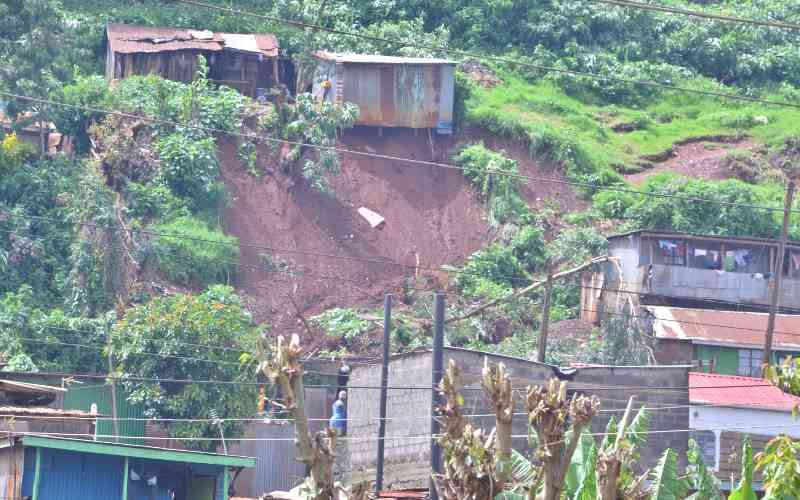By Franco Odhiambo
Apart from cultivating land, putting up houses and other cultural values attached to it such as burials, the most important element of land in contemporary times is its use as a platform for economic development.
A random look at various parts of Kenya reveals different levels of economic development. While in some regions people were sensitised on the importance of land documents as collateral for mortgage purposes, which they used wisely to invest in various development projects, some other regions lag behind in development.
Land, being an economic tool, is the most favoured collateral when seeking loans from various financial institutions. Although informal lending of money happens in many places using various items as collateral, like car log books, furniture and even title deeds, such kinds of loan arrangements are in most cases illegal and chances of the borrowers losing their collateral is high.
Charging land
In formal dealings where land is used as collateral, there is a set system and procedure to follow to qualify for a loan. The first step is to approach a financial institution to verify its requirements and payment mode. Most institutions will require proof of land ownership for the land to be charged by requesting for official land search, original title deed and official land map. A site visit for ground inspection and valuation purposes is mandatory. A letter of consent from the respective land control board is also required in cases involving agricultural land.
Once the above conditions have been met, the next step is the preparation of a legal instrument in the prescribed form known as R.L 9 to charge the land or lease, or charge to secure the payment of an existing, future or a contingent debt or other money. The charge is then registered in the land register.
A charge shall not operate as a transfer but shall have effect as security only. It is also possible for a proprietor to create a second or subsequent charge in the same manner as the first charge and the same provision shall apply.
Discharge of land
After the loan has been repaid, the bank releases the title deed of the charged land to the proprietor. Unfortunately many land proprietors who get back their title deeds keep them at home with assurance that the loan has been repaid and the land is free. Unknown to them, the loan is still reflected in the land register and they only realise it many years later when doing a fresh transaction on the land.
People in such situations rush to the financial institutions concerned requesting the management to write official letters to the land registrar to cancel the loan in the register. Some institutions write such letters, which are rejected by the land registries. A charge being a registered legal instrument, cannot be cancelled by a letter. It can only be cancelled by another legal instrument in the prescribed form R.L 10, known as Discharge of charge.
It is, therefore, advisable for all loanees to ensure that once they have cleared the first loan and do not intend to charge the land further, they should insist on being issued with a discharge of charge forms which they should register immediately with the respective land registry, for the charge to be cancelled in the encumbrance section to free the land.
The writer is a survey and mapping professional
 The Standard Group Plc is a
multi-media organization with investments in media platforms spanning newspaper
print operations, television, radio broadcasting, digital and online services. The
Standard Group is recognized as a leading multi-media house in Kenya with a key
influence in matters of national and international interest.
The Standard Group Plc is a
multi-media organization with investments in media platforms spanning newspaper
print operations, television, radio broadcasting, digital and online services. The
Standard Group is recognized as a leading multi-media house in Kenya with a key
influence in matters of national and international interest.
 The Standard Group Plc is a
multi-media organization with investments in media platforms spanning newspaper
print operations, television, radio broadcasting, digital and online services. The
Standard Group is recognized as a leading multi-media house in Kenya with a key
influence in matters of national and international interest.
The Standard Group Plc is a
multi-media organization with investments in media platforms spanning newspaper
print operations, television, radio broadcasting, digital and online services. The
Standard Group is recognized as a leading multi-media house in Kenya with a key
influence in matters of national and international interest.









